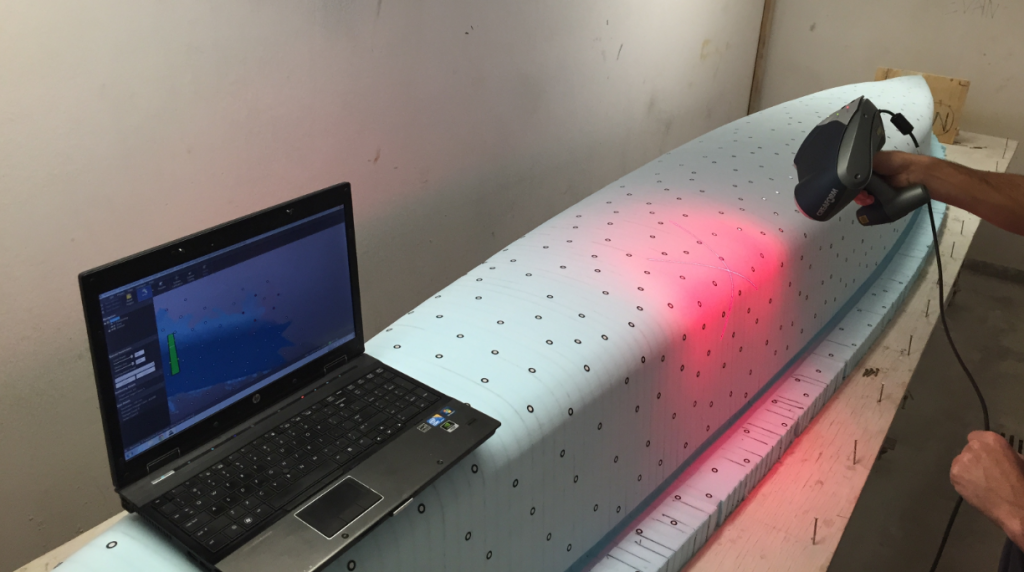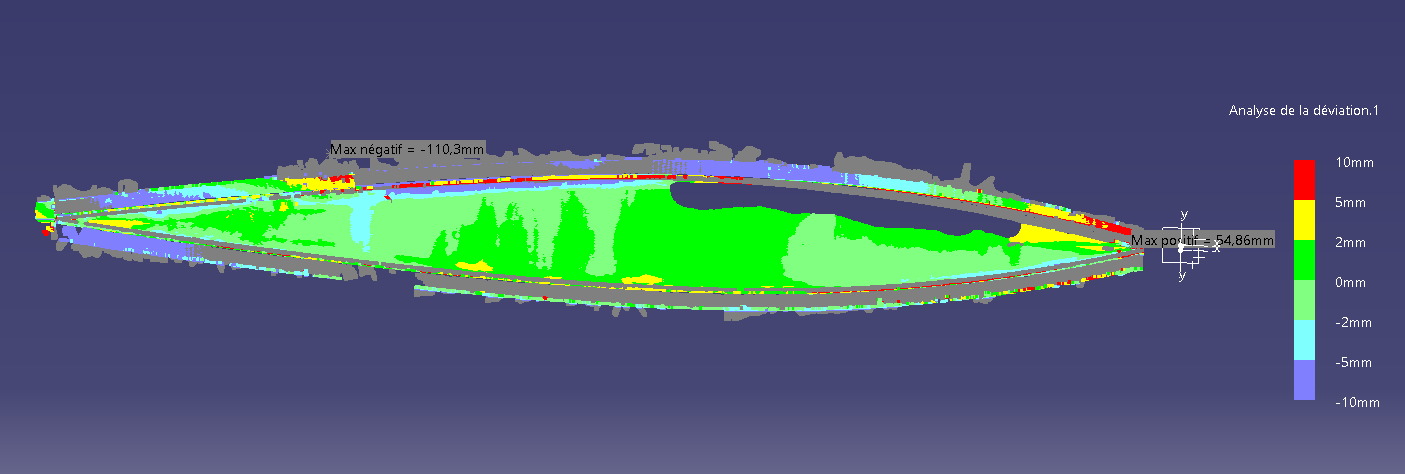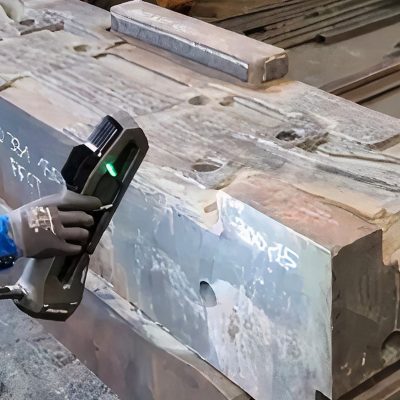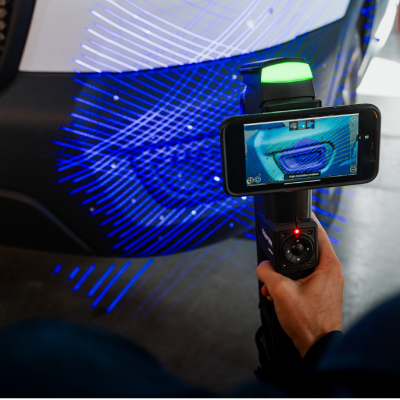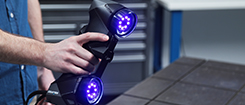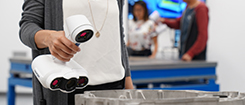April 15, 2024
Use of 3D scanner increases efficiency and reduces labor and material costs See the articleA group of 30 civil engineering students from the École de Technologie Supérieure (ÉTS) in Montréal is using CATIA, the multi-platform CAD/CAM/CAE software, to perform inspection of the manufacturing process of its concrete canoe for an upcoming civil engineering competition. The team can count on the help of Creaform’s portable 3D scanners thanks to this year’s Creaform Student Project Sponsorship Program!
DESIGNING A CONCRETE CANOE? CHALLENGE ACCEPTED!
Concrete? Not practical, you say? Far from it! That’s what makes this competition so interesting: concrete and canoes are two things we do not usually associate together. As a particularly engaging challenge for aspiring civil engineers, students participating in competitions, such as those held by the American Society of Civil Engineers (ASCE) and the Canadian National Concrete Canoe (CNCC) have to develop, manufacture and race a canoe made entirely of concrete. It is important to remember that civil engineers are essentially concrete engineers. Needless to say, the ultimate test is to come up with a canoe that floats when submerged in water, which is also known as the swamp test. It’s an opportunity for students to apply their engineering knowledge and project management skills in a stimulating and exciting environment. Students are judged on the overall and cross-section workmanship of the canoe, its interior and exterior finishes, and race rankings.
PUTTING INNOVATION AND TECHOLOGY TO THE TEST
Developing a concrete canoe requires several steps; each team develops its own design method. The ÉTS team thought of an ingenious way to use the HandySCAN 3D scanning technology in combination with CATIA to perform 3D inspection on the polystyrene mold. To achieve this, the team covered the mold with positioning targets, scanned the surface, and imported the 3D model generated in VXelements, Creaform’s proprietary data acquisition software in CATIA.
Then, the team performed a deviation analysis that represented the measurement discrepancies between the CAD model and the mold. This step allowed the team to assess the precision of their fabrication method. “The deviation observed is between 0 and 2 mm and which we are really proud,” indicated Philippe Lapointe, captain of the ÉTS concrete canoe team.
As part of the Creaform’s Student Project Sponsorship Program, the ÉTS team received a HandySCAN 3D handheld scanner loaner unit, along with a high-performance laptop and online training on both the 3D scanner and data processing software. The program includes access to our technical support agents for the duration of the competition, which is helpful when handling industrial metrology-grade equipment like this. “The support we received was perfect for the kind of project we had,” mentioned the team captain. The HandySCAN 3D will also benefit other student clubs, such as the Formula SAE in the SAE’s Collegiate Design Series.
You can follow them on Facebook or stay tuned for updates on the project!

